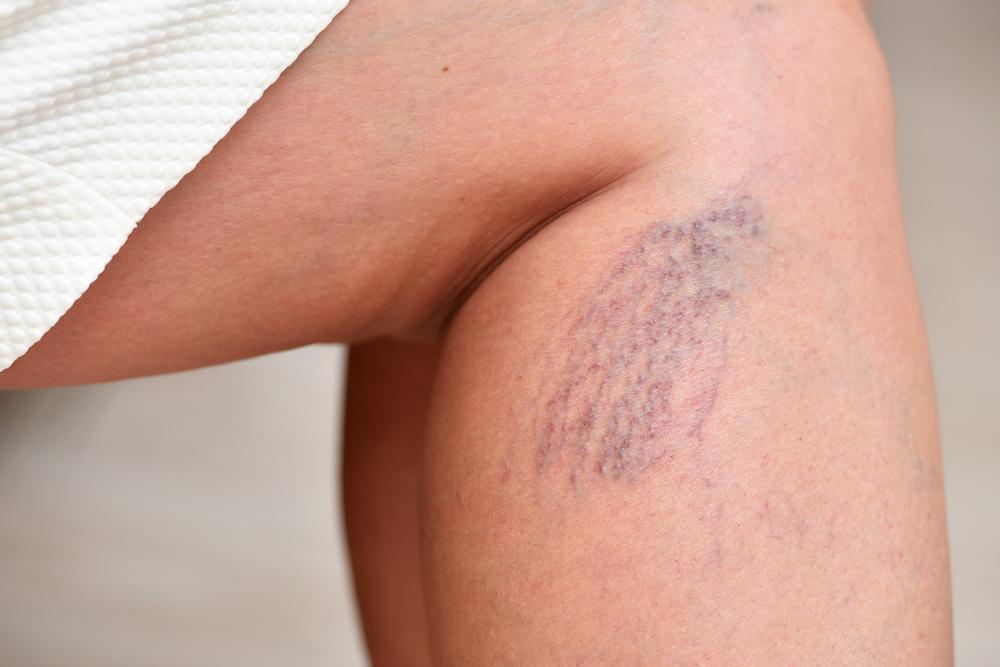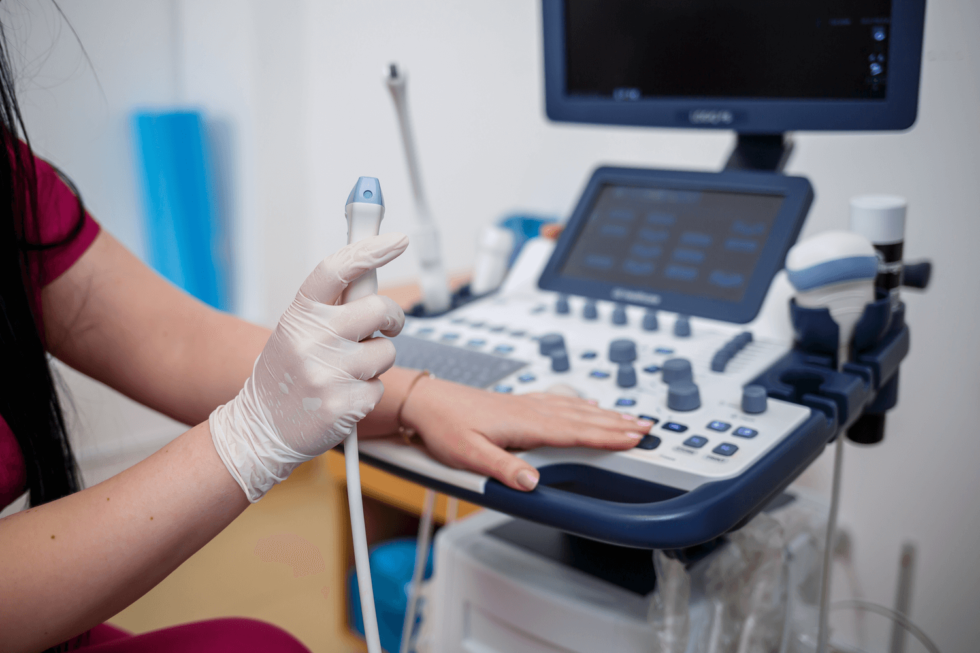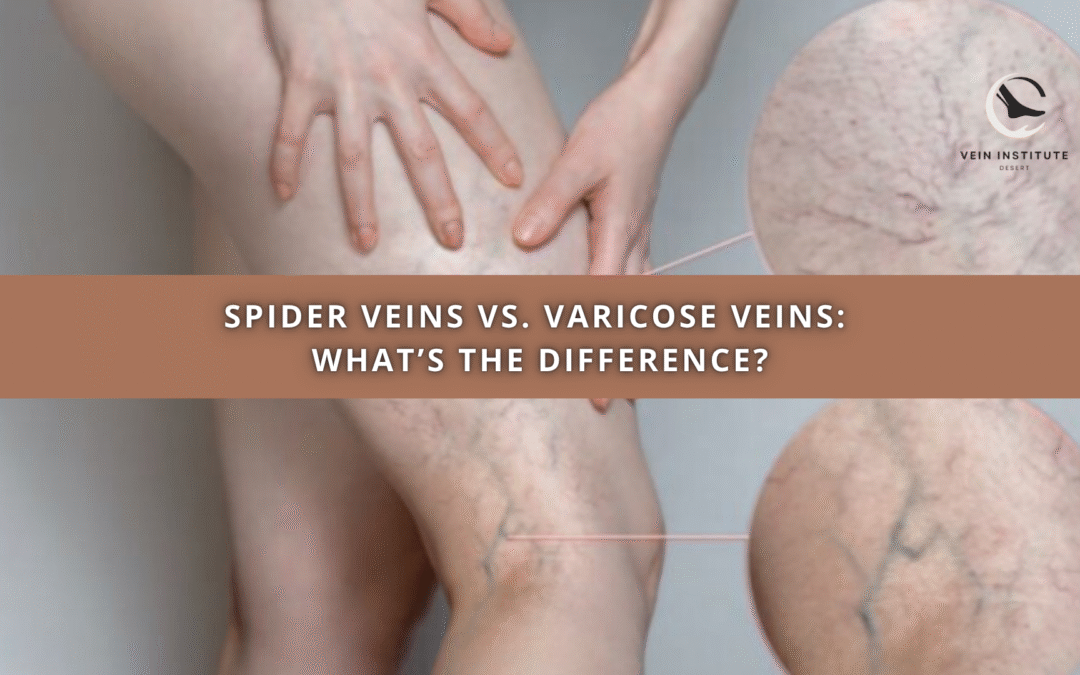🕸️ Spider Veins vs. Varicose Veins
When it comes to vein health, spider veins and varicose veins are two conditions that can often be confused with one another. Both involve the abnormal appearance of veins, but they differ in terms of severity, symptoms, and treatment options.
🕷️ What Are Spider Veins?

Spider veins, also known as telangiectasia, are small, dilated blood vessels that appear close to the skin’s surface. They are typically red, blue, or purple in color and form a web-like pattern, often on the legs or face. Spider veins are generally harmless and do not cause significant health problems.
🔍 Symptoms of Spider Veins:
-
Mild discomfort or aching
-
Visible, fine lines of blue or red veins
-
Generally no swelling or bulging
Thread veins are more common in women, and factors like pregnancy, hormonal changes, and genetics can increase the risk of developing them. While they are often considered a cosmetic concern, they can sometimes cause discomfort.
💢 What Are Varicose Veins?

Alt Text: Explanation of varicose veins, their characteristics, and common causes.
Unlike spider veins, bloated veins are larger, swollen veins that typically bulge out from the skin. They appear dark purple or blue and are most commonly found on the legs. Bulging veins occur when the valves inside the veins weaken, causing blood to pool and the vein walls to stretch. This condition can lead to more severe symptoms and potential complications.
🔍 Symptoms of Varicose Veins:
-
Swollen veins that are visibly enlarged
-
Pain, throbbing, or heaviness in the legs
-
Cramping or muscle aches
-
Skin discoloration near the veins
-
In more severe cases, ulcers or blood clots
⚖️ Spider Veins vs. Varicose Veins: Key Differences
| Spider Veins | Varicose Veins |
|---|---|
| Smaller veins close to the skin surface | Larger, swollen veins deeper in the skin |
| Appear in a web-like or branching pattern | Bulging, twisted veins |
| Generally harmless and cosmetic | Can cause pain, swelling, and more serious complications |
| Rarely cause serious symptoms | May lead to ulcers, blood clots, or chronic venous insufficiency |
⚠️ Health Risks of Spider Veins and Varicose Veins
While red veins are typically benign and do not cause significant health issues, twisted veins can lead to more serious complications if left untreated. The main risks of untreated varicose veins include:
-
Chronic venous insufficiency: This occurs when the veins are unable to effectively return blood to the heart, causing swelling and discomfort.
-
Blood clots: Varicose veins can increase the risk of blood clots, which can be dangerous if they travel to the lungs or heart.
-
Ulcers and skin changes: Over time, untreated varicose veins can lead to skin changes and open sores, requiring medical intervention.
🩺 When to Seek Spider Vein Therapy or Varicose Veins Treatment
Both are available through various methods, but it’s important to determine when these conditions require professional attention. If you notice visible veins or experience discomfort, here are some guidelines on when to seek help:
💠 Spider Veins:
If you are experiencing cosmetic concerns or mild discomfort, you may opt for spider vein therapy. Treatment options can include sclerotherapy or laser therapy, which are minimally invasive and effective for reducing the appearance of spider veins.
💢 Varicose Veins:
If you have noticeable pain, swelling, or discomfort, it’s important to consult with a vein clinic. Treatments for enlarged veins can include options like endovenous laser therapy, radiofrequency ablation, or in more severe cases, surgery.
💉 Spider Vein Treatment vs. Enlarged Veins Therapy: What Are Your Options?
When it comes to treating these vein conditions, there are several options depending on the severity of the condition:
✨ Spider Vein Treatment Options:
-
Sclerotherapy: A solution is injected into the veins to cause them to collapse and fade over time.
-
Laser Therapy: Laser energy is used to target and shrink the veins.
-
Intense Pulsed Light (IPL): A non-invasive treatment that uses light to target and reduce the appearance of spider veins.
💥 Varicose Veins Treatment Options:
-
Endovenous Laser Therapy (EVLT): A minimally invasive procedure where a laser is used to close off the problematic veins.
-
Radiofrequency Ablation (RFA): Similar to EVLT, this procedure uses radiofrequency energy to close the veins.
-
Surgery: In more severe cases, surgery may be required to remove or close off the varicose veins.
🏥 Visiting a Vascular Center for Proper Diagnosis and Treatment

If you’re concerned about the appearance or discomfort caused by spider veins or varicose veins, it’s essential to seek advice from a professional. A vein clinic is equipped with the expertise and technology to diagnose and treat both conditions. Whether you’re looking for cosmetic treatments or relief from more serious symptoms, a vein specialist can help determine the best approach tailored to your needs.
⏳ Taking Action: Why Early Treatment Matters
Both telangiectasia and swollen veins therapy are most effective when started early. If you’re experiencing any symptoms, seeking professional care can prevent the condition from worsening. Early intervention can also minimize the risk of complications, especially with varicose veins.
Andy Sharifi
Position
